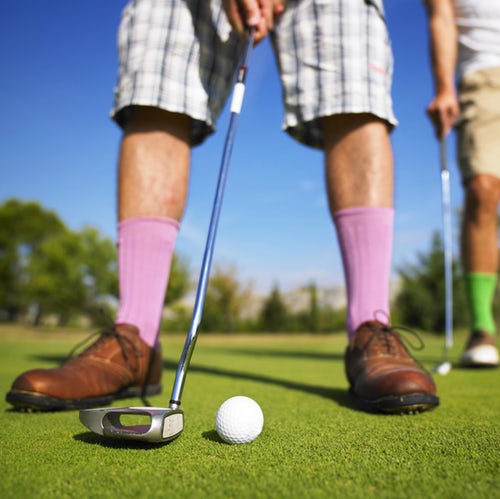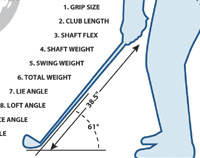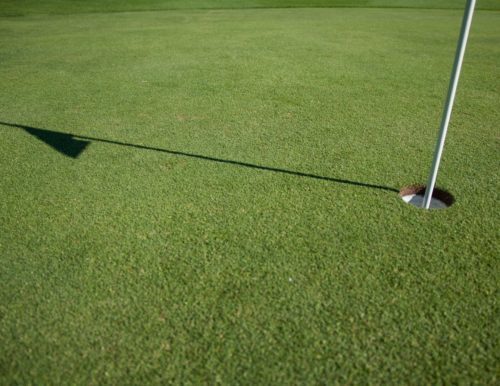PUTTER FITTING: Art & Science
Proper Putter Fitting
Putter fitting has been a self-fit process for decades. Golfers perform their self-fit by force fitting their putting stroke into a putter brand and model they like the looks of. They often choose the model they saw a tour professional use or one that their playing buddy uses.
In retrospect, golfers have been told that their choice of a putter is purely personal and there are no guidelines for selecting a putter. If a putter looks right and feels right then it must be right.
Wrong. The most used club in the bag is the putter. Putting strokes average over 40% of most golfers’ scores. Putters should be matched to the individual’s personal stroke with consideration given to offset, hosel configuration, shaft design, length, lie & loft.
Proper body posture is critical for alignment when aiming the putter at address and for producing a putted ball that rolls on a controlled path. Posture should not be manipulated to fit to the putter.
The basic fitting process is measuring a proper length and determining an ideal lie angle. A dynamic fitting experience is when an electronic fitting method is used to determine a putter head style that best fits the golfer’s putting stroke profile, i.e., square – square – square; inside – square – inside or inside – square – square.
Putter Fitting Variables
The following putter fitting variables and performance factors should be used to fit a golfer to a perfect putter set up:
Grip Size, Type & Weight can positively or adversely affect putter’s feel
Length affects putter’s feel and is main factor influencing body posture
Swing Weight is crucial for putter’s feel and for determining putter’s balance point
Total Weight affects stroke mechanics
Loft Angle is main factor for determining ball skid distance
Lie Angle is crucial for set up of eye position and type of stroke mechanic
Head Design is important for aiming and type of stroke mechanics
Head Weight must be relative to length for proper balance and swing weight
Hosel Configuration assists in aiming, set up and hand position through-out stroke, i.e., offset, face progression, face balance and heel or center shaft position.
Measuring Length & Lie Angle
The putter length affects body posture and eye position. It also determines hand position, which affects lie angle. These two specifications are critical to properly fit putters. The ideal method for measuring the putter’s length is to measure straight down the shaft.
Length and lie angles will vary for golfers when measured with a heel-shafted or a center-shafted putter.
The putter head should sit flat on the ground to ensure the putter’s face attitude is horizontal when striking the ball.
Loft Angles
Putter loft angles (pitch of the face) are designed into the putter head in relation to the sole. However, the playing loft is the relationship between the pitch of the face and the shaft plane. Too much loft will elevate the ball for a considerable distance and cause more skid. Too little loft will make the ball “dribble” or bounce erratically. Distance control is affected in both cases.
Bending Angles
It is important to have the proper tools for measuring and bending loft and lie angles. Thus to properly fit putters, the club fitter should measure the angles of the golfer’s own putter to determine what the golfer is currently experiencing and then use a Putter Angle Machine to adjust the putter to the ideal loft and lie angles.




